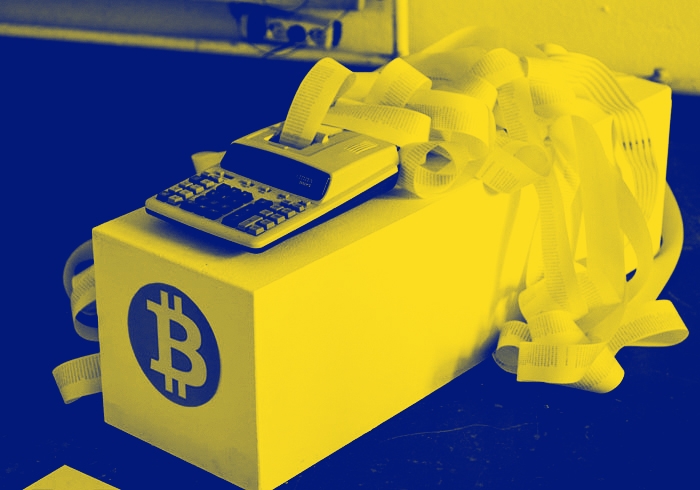A recent ArtReview Live event, the
launch of the book Artists re:thinking the Blockchain, published in
September by London’s Furtherfield gallery and independent publishers Torque, took
on the complex subject of blockchain technology and its relevance to contemporary
art. Blockchain computing is most associated with the growing popularity of
cryptocurrencies such as Bitcoin and Ethereum, but the principles and
implications of blockchain go beyond the growing attraction for currencies that
aren’t dependent on governments or centralised financial systems. Since blockchain
computing allows a network of computers to run processes collectively that are
encrypted to become an irrevocable record shared across all the computers
running the process, all kinds of supposedly verifiable forms of exchanges, contracts
and processes can be set up on the back of it.
Not simply a cryptocurrency, Maecenas touts itself as a blockchain platform that, according to its creators, will ‘democratise access to fine art’
Blockchain promises a possibly utopian
solution to issues of transparency, trust and governance in the digital age.
But the rise of interest in the blockchain closely tracks the development of an
ever more financialised world economy since the 2008 crash. So it was perhaps
only a matter of time before the art market got its own blockchain-based
trading platform. Last month, an outfit called Maecenas announced its new art
registry and trading platform – the first ‘decentralised art gallery’ -as well
as the first public offering of its new ‘token’, called ART. Not simply a
cryptocurrency, Maecenas touts itself as a blockchain platform that, according
to its creators, will ‘democratise access to fine art’. ‘For the first
time,’ the Maecenas website enthuses, ‘technology will allow investors,
collectors and owners to exchange shares in paintings and sculptures instantly,
akin to the way stocks of a company are traded today.’
A sceptic might wonder how one can really own a share of an
artwork – after all, much of the point of art collecting is that collectors get
to own something no one else has. But Maecenas is symptomatic of the relentless
financialisation of the art market, in which artworks are bought and sold as
‘stores of value’. Artworks have become an ‘asset class’, in investment jargon,
increasingly bought to be hidden away in warehouses in the peculiar nonzones
known as freeports – tax- and customs-free spaces where objects are, legally,
indefinitely ‘in transit’ between countries. Indeed, Maecenas promises to set
up its own freeport ‘art vaults’ to store the works listed on its exchange. The
site assures readers that multimillion-dollar ‘masterpieces‘ will be listed on
its platform – artworks valuable enough that even a fraction of their value is
worth trading.
Artworks have become an ‘asset class’, increasingly bought to be hidden away in warehouses in the peculiar nonzones known as freeports
Over the last decade there have been many attempts by tech
entrepreneurs to make the art market more transparent and the trading of
artworks more ‘fluid’. First with auction-data websites, then with artwork-trading
shopfront platforms like Artsy or Mutualart and auctioneering websites such as Paddle8. The Maecenas platform however represents something new, since its main
innovation is the fragmentation of the values of relatively ‘illiquid’ assets
into more tradeable financial objects. With fractions of the value of an
artwork tradeable, Maecenas hopes to draw vastly bigger numbers of investors to
the art market, those looking to ‘diversify their portfolios’. On the other
side of the equation, owners of expensive artworks might list them on the
platform in order to raise cash – to buy other artworks; while they retain the
title to the work, they effectively sell bonds in its value, which they buy
back if they remove the work from Maecenas’s register.
In this strange new future, art collectors and dealers will
no longer worry about buying, selling, shipping and storing artworks. Instead, such
works will all disappear into freeport vaults, while galleries and investors
speculate on the rising value of a Jeff Koons or a Gerhard Richter, trading blockchain
certificates with each other.
A scheme like Maecenas reveals the extent to which the art
market is now part of the inexorable drive towards financialisation in the
global economy. While the real economy stagnates, the financial economy has
boomed since the 2008 crash – as productivity has stalled, low interest rates,
quantitative easing by central banks and the hoarding of profits by corporations
has created an economy awash with cash. It has to go somewhere. And with
schemes like Maecenas, now everyone can own a piece of that growing bubble. This
column’s advice: buy now.
From the October 2017 issue of ArtReview
